中国组织工程研究 ›› 2013, Vol. 17 ›› Issue (13): 2352-2357.doi: 10.3969/j.issn.2095-4344.2013.13.011
• 骨与关节生物力学 bone and joint biomechanics • 上一篇 下一篇
牵引夹板治疗骨折时橡皮筋拉伸和应力松弛测试
秦 洪1,梁爱军1,钱文亮1,黄夕斌1,宋雅伟2
- 1姜堰市中医院,江苏省姜堰市 225500
2南京体育学院,江苏省南京市 210014
Rubber band stretching and stress relaxation tests during the treatment of fractures with traction splint
Qin Hong1, Liang Ai-jun1, Qian Wen-liang1, Huang Xi-bin1, Song Ya-wei2
- 1 Jiangyan Hospital of Traditional Chinese Medicine, Jiangyan 225500, Jiangsu Province, China
2 Nanjing Sport Institute, Nanjing 210014, Jiangsu Province, China
摘要:
背景:单纯石膏外固定治疗桡骨远端粉碎性骨折难以实现良好复位和固定,近年来以牵引式夹板治疗的效果较好。 目的:运用生物力学的研究方法,对比分析牵引式夹板治疗桡骨远端粉碎性骨折时橡皮筋拉伸及应力松弛与效果的关系。 方法:236例桡骨远端粉碎性骨折患者按治疗方法分为治疗组和对照组,治疗组实行牵引式夹板治疗,对照组实行单纯手法整复夹板外固定。治疗后定期拍摄X射线片观察骨折愈合情况,腕关节功能采用Dienst评估标准进行评定。采用Instron电子万能材料试验机3367对牵引的橡皮筋进行橡皮筋拉伸和应力松弛实验,测试橡皮筋的最大应力。 结果与结论:按意向性处理分析,全部进入结果分析。患者随访均超过5个月,最长随访13个月。Dienst功能评估:治疗组优68例,良42例,优良率93.2%,对照组优良率52.6%,治疗组优良率显著高于对照组。证实采用牵引式夹板治疗桡骨远端粉骨折,操作简单方便,临床疗效可靠。橡皮筋拉伸和应力松弛实验结果显示,橡皮筋的最大应力为46.97 N,最终应力保持在20.60 N,能够达到桡骨远端粉骨折复位治疗的牵引作用。
中图分类号:
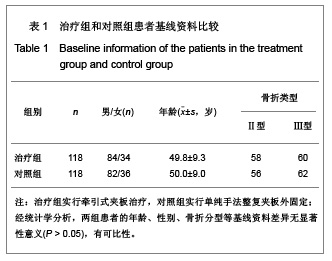

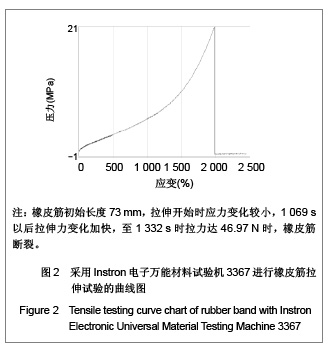
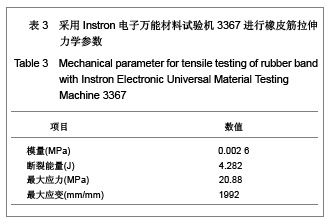
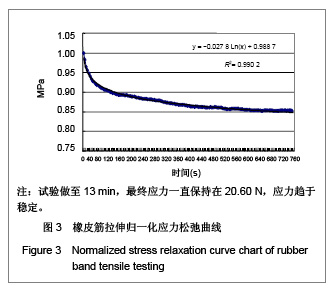
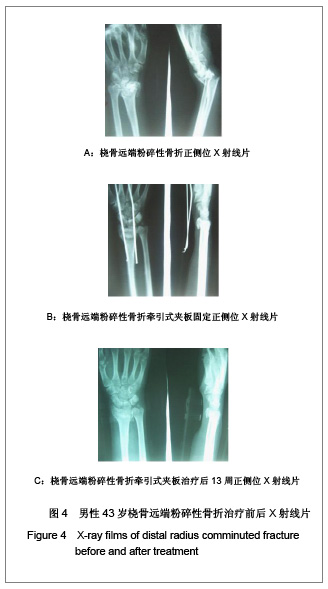
.jpg)